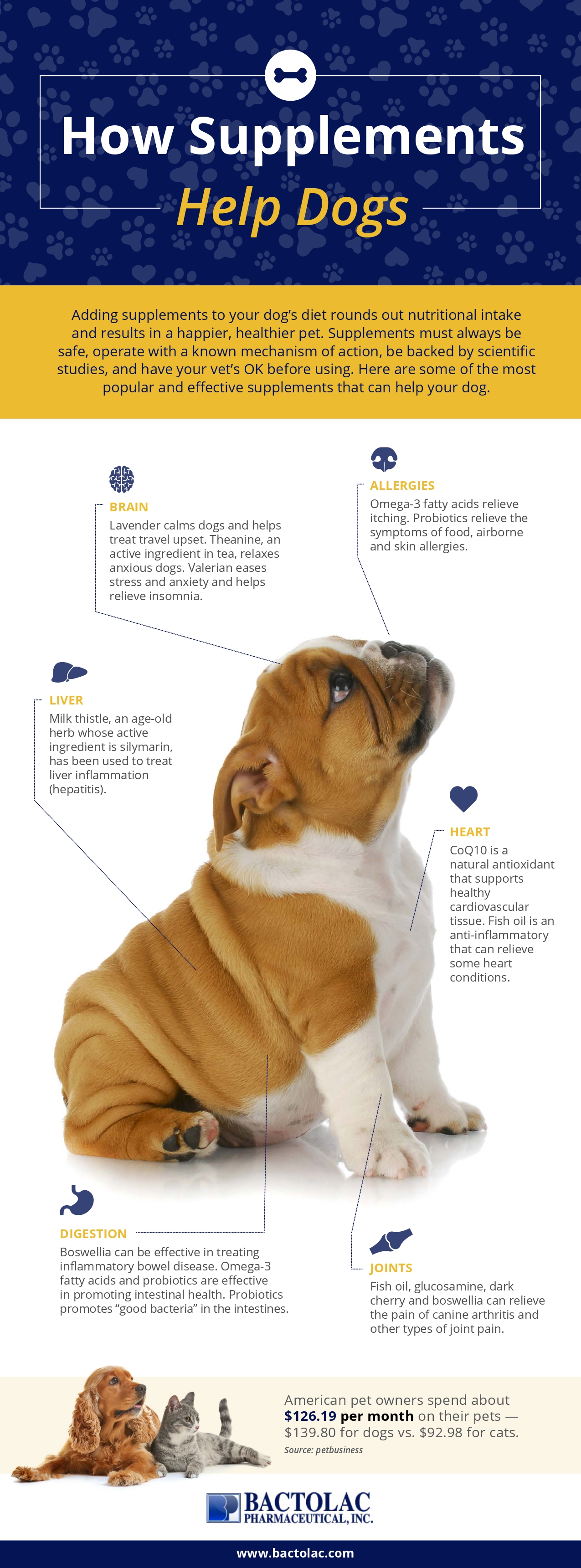Healthy Soft Dog Treats: Promoting Health and Happiness for Your Furry Friend

From wagging tails to wet noses, our beloved dogs never fail to brighten our lives. As pet owners, we strive to provide the best care for our canine companions, and that includes choosing the right treats for them. Healthy soft dog treats have gained popularity in recent years due to their numerous benefits for our furry friends. In this article, we will explore the importance of these treats, factors to consider when choosing them, the benefits they offer, and even share some popular homemade recipes. So let’s dive in and discover how healthy soft dog treats can contribute to the well-being of your pet.
Importance of Healthy Dog Treats
Dog treats serve various purposes, including rewards during training, dental care, and simply as a way to show love and affection. However, it’s crucial to opt for healthy treats to ensure your dog’s overall health. Unhealthy treats loaded with artificial ingredients, fillers, and excessive calories can lead to weight gain, digestive issues, and even allergies. On the other hand, healthy soft dog treats offer a nutritious and delicious alternative that supports your dog’s well-being.
Factors to Consider When Choosing Healthy Soft Dog Treats
When selecting healthy soft dog treats, it’s essential to be mindful of the ingredients and their nutritional value. Here are a few factors to consider:
1. Natural Ingredients
Look for treats made with high-quality, natural ingredients. Avoid those containing artificial preservatives, colors, and flavors. Natural ingredients, such as real meat, vegetables, and fruits, provide valuable nutrients and are easier for dogs to digest.
2. Limited Fillers and Additives
Avoid treats that contain excessive fillers, such as corn, wheat, and soy, as they offer little nutritional value and may cause allergies or sensitivities in some dogs. Additionally, steer clear of treats with artificial additives like sweeteners and excessive salt content.
3. Nutritional Value
Choose treats that provide nutritional benefits. Look for options with added vitamins, minerals, and beneficial ingredients like omega-3 fatty acids for a healthy coat and joints.
Benefits of Healthy Soft Dog Treats
Healthy soft dog treats offer a range of benefits that contribute to your pet’s overall well-being. Let’s explore some of these advantages:
1. Promotes Digestive Health
Soft treats made with natural, wholesome ingredients are gentle on your dog’s digestive system. They contain fiber that aids in digestion and can help prevent digestive issues like constipation or upset stomachs. By choosing treats with high-quality ingredients, you can promote a healthy digestive system for your furry friend.
2. Supports Joint Health
Many healthy soft dog treats contain ingredients that support joint health, such as glucosamine and chondroitin. These compounds help maintain the flexibility and mobility of your dog’s joints, which is especially beneficial for older dogs or breeds prone to joint problems. By incorporating these treats into your dog’s diet, you can help keep their joints healthy and promote an active lifestyle.
3. Enhances Skin and Coat
Certain soft treats are rich in omega-3 fatty acids, which are essential for a healthy skin and coat. These fatty acids can reduce skin inflammation, promote a shiny coat, and alleviate dryness or itchiness. Choosing treats that contain ingredients like fish or flaxseed can contribute to your dog’s skin and coat health, making them look and feel their best.
4. Dental Care
Soft dog treats can also play a role in maintaining your dog’s dental hygiene. Some treats are designed to help clean teeth and reduce plaque and tartar buildup. They have a softer texture that allows them to gently scrub the teeth as your dog chews, promoting better oral health and fresher breath.
Homemade vs. Store-Bought Healthy Soft Dog Treats
When it comes to healthy soft dog treats, you have the option of either making them at home or purchasing them from the store. Let’s explore the advantages of each:
1. Control over Ingredients
By making treats at home, you have full control over the ingredients used. You can choose high-quality, organic ingredients and customize the recipe to cater to your dog’s specific dietary needs or preferences. This allows you to avoid any potential allergens or fillers that may be present in store-bought treats.
2. Cost-effectiveness
Homemade treats can often be more cost-effective than store-bought options, especially if you have a budget-conscious mindset. You can buy ingredients in bulk and make larger batches, reducing the overall cost per treat. This is particularly beneficial if you have multiple dogs or if your dog enjoys treats frequently.
3. Convenience
Store-bought treats offer convenience, especially for pet owners with busy lifestyles. They are readily available, saving you time and effort in preparing treats from scratch. Additionally, store-bought treats come in a variety of flavors and sizes, catering to different preferences and dog sizes.
Popular Healthy Soft Dog Treat Recipes
If you’re interested in making your own healthy soft dog treats, here are a few popular recipes to try:
1. Peanut Butter and Banana Treats
Ingredients:
- 1 ripe banana, mashed
- 1/4 cup natural peanut butter (unsalted and sugar-free)
- 1 cup whole wheat flour
Instructions:
- Preheat your oven to 350°F (175°C) and line a baking sheet with parchment paper.
- In a mixing bowl, combine the mashed banana and peanut butter until well blended.
- Gradually add the whole wheat flour, stirring until a dough forms.
- Roll out the dough on a lightly floured surface to about 1/4 inch thickness.
- Use a cookie cutter to cut out shapes or simply use a knife to create small squares.
- Place the treats on the prepared baking sheet and bake for 15-20 minutes or until golden brown.
- Allow the treats to cool completely before serving them to your dog. Store in an airtight container.
2. Pumpkin and Oatmeal Bites
Ingredients:
- 1 cup canned pumpkin puree (unsweetened)
- 1/4 cup natural peanut butter (unsalted and sugar-free)
- 2 cups rolled oats
Instructions:
- Preheat your oven to 350°F (175°C) and line a baking sheet with parchment paper.
- In a mixing bowl, combine the pumpkin puree and peanut butter until well mixed.
- Gradually add the rolled oats, stirring until the mixture forms a dough.
- Roll the dough into small balls, about 1 inch in diameter, and place them on the prepared baking sheet.
- Use a fork to press down on each ball to flatten them slightly.
- Bake the treats for 12-15 minutes or until firm and lightly browned.
- Allow the treats to cool before serving. Store in a sealed container in the refrigerator.
3. Sweet Potato Chews
Ingredients:
- 2 large sweet potatoes
Instructions:
- Preheat your oven to 250°F (120°C) and line a baking sheet with parchment paper.
- Wash and peel the sweet potatoes, then cut them into thin slices, about 1/4 inch thick.
- Place the sweet potato slices on the prepared baking sheet, making sure they don’t overlap.
- Bake the slices for approximately 2 hours or until they are dried and chewy.
- Remove from the oven and allow them to cool completely before giving them to your dog.
- Store the sweet potato chews in an airtight container in a cool, dry place.
Training with Healthy Soft Dog Treats
Healthy soft dog treats can be a valuable tool for training your dog. Here are some tips for using them effectively:
1. Positive Reinforcement
Soft treats are ideal for positive reinforcement training. Whenever your dog exhibits desired behavior or follows a command, reward them with a small, soft treat. This helps reinforce positive behavior and strengthens the bond between you and your furry friend.
2. Treat Sizes and Timing
Consider the size of your dog when choosing treat sizes. Smaller dogs may benefit from smaller treats, while larger dogs may require bigger treats to satisfy them. Additionally, timing is crucial. Offer treats immediately after your dog performs the desired behavior to reinforce the association between the action and the reward.
3. Treat Variety
Keep your dog engaged and motivated during training sessions by using a variety of healthy soft treats. Rotate flavors or textures to prevent boredom and maintain your dog’s interest. This variety can also help prevent your dog from becoming too fixated on one specific treat.
Safety Precautions When Feeding Soft Dog Treats
While healthy soft dog treats offer numerous benefits, it’s important to keep a few safety precautions in mind:
1. Allergies and Sensitivities
Some dogs may have allergies or sensitivities to certain ingredients. Before introducing new treats into your dog’s diet, check for any known allergies and consult with your veterinarian if needed. Pay attention to your dog’s reactions and discontinue treats that cause adverse effects.
2. Portion Control
Soft treats can be highly palatable, but it’s crucial to manage portion sizes. Overfeeding treats can lead to weight gain and nutritional imbalances. Follow the recommended guidelines on the treat packaging or consult with your veterinarian to determine appropriate portion sizes based on your dog’s size and dietary needs.
3. Supervision
Always supervise your dog when they are enjoying soft treats, especially if the treat has a larger size or is particularly chewy. This ensures that your dog doesn’t attempt to swallow the treat whole or choke on it. Monitoring your dog’s treat consumption also helps prevent overindulgence.
Conclusion
Choosing healthy soft dog treats is an important aspect of caring for your furry friend. By opting for treats made with natural ingredients, limited fillers and additives, and high nutritional value, you can promote your dog’s digestive health, support their joint health, enhance their skin and coat, and contribute to their dental care. Whether you choose to make homemade treats or purchase them from the store, ensure that they meet your dog’s specific dietary requirements. Remember to use soft treats as a positive reinforcement tool during training, and prioritize safety by considering allergies, practicing portion control, and supervising treat consumption. With the right choices and precautions, you can provide your dog with delicious and nutritious treats that contribute to their overall well-being.
FAQs (Frequently Asked Questions)
- Q: Can I give soft dog treats to puppies? A: Yes, you can give soft dog treats to puppies. However, ensure that the treats are appropriate for their age and size. Choose smaller treats that are easy for them to chew and digest.
- Q: How often should I give soft dog treats to my dog? A: Treat frequency depends on your dog’s individual needs and dietary requirements. As a general guideline, limit treats to no more than 10{b574a629d83ad7698d9c0ca2d3a10ad895e8e51aa97c347fc42e9508f0e4325d} of your dog’s daily calorie intake and use them as occasional rewards or during training sessions.
- Q: Are homemade soft dog treats safe? A: Homemade soft dog treats can be safe if prepared with proper hygiene and using dog-friendly ingredients. However, it’s essential to follow recipes and avoid ingredients that may be harmful to dogs, such as chocolate, onions, or artificial sweeteners.
- Q: Can I substitute soft dog treats for regular dog food? A: Soft dog treats are intended as supplemental rewards or occasional treats, not as a substitute for balanced dog food. They lack the complete nutritional profile required for a dog’s overall health. Consult with your veterinarian to ensure your dog receives a balanced diet.
-
Q: How long do soft dog treats last? A: The shelf life of soft dog treats depends on the specific product or recipe. Store-bought treats usually have an expiration date printed on the packaging. Homemade treats can typically be stored for up to a week in an airtight container in the refrigerator.
Partner Site : Financial Management, Vacation Destinations, Home Garden, Landscape Design, Home Decoration, How News Today, Healthy Lifestyle, Finance News, Business Loans, Healthy Update
Infographic Created by Bactolac Pharmaceutical, Cutting Edge Dietary Supplement Manufacturer







